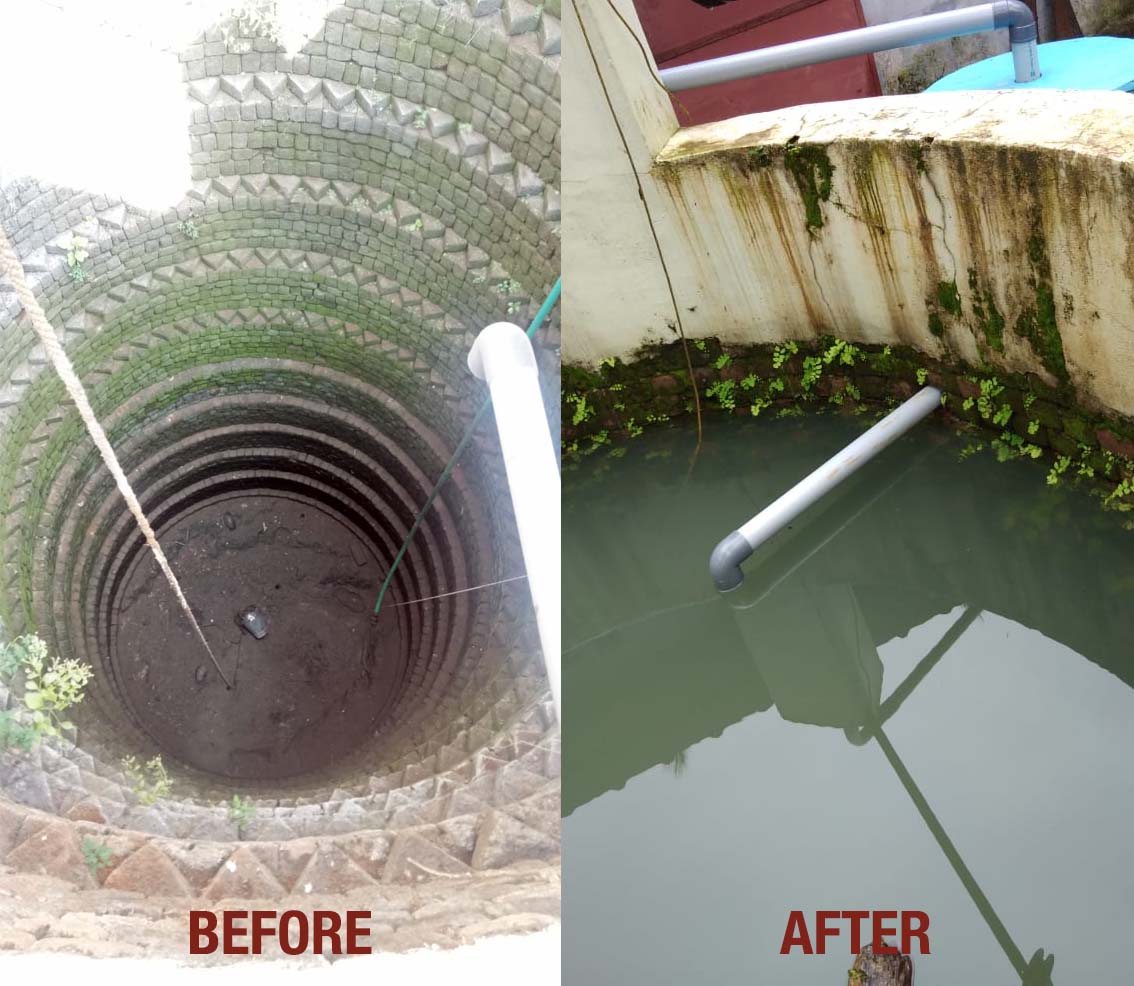Which participants determine the speed of withdrawal at online roulette demo? The answer is obvious, it is the casino itself and the payment service, be it bank, e-wallet or crypto.
RAIN WATER RECHARGING for DROUGHT PROOFING
In many parts of India water poses a paradox. we are witness to the absurdity of surplus water as well as a dearth of water at various times of the year. Drought or a scarcity of water is the flip side of floods-excessive water. Year after year we battle these two watery twins, doing relief work whenever they strike. Yet how often do we delve into the crux of the problem—i.e. the causes of drought and floods? Just doing relief work is not enough, getting to the bottom of it is necessary to prevent its recurrence. Conservation of the monsoon runoff through adopting scientifically designed techniques of fracture zone recharge has been proved to be effective in reducing the effect of the situation. Hence it is the high time to conserve preserve and protect this precious resource through simple methods of soil and water conservation measures. Water conservation is the only known way to protect the lands and to solve the water scarcity especially in a predominantly agricultural country like India, where droughts and famines cause chronic water scarcity. Water conservation is not just for drought. India receives a lot of rainfall at sometimes of the year yet at other times reels under the impact of drought. Hence it is important to remember that water conservation is not just for times of water shortage.
Caritas India has been promoting water conservation measures towards groundwater recharging and many replicable models are created. As the first step of implementing such interventions, the project team will be oriented on various aspects of water recharging and harvesting measures and the systematic documentation of the results. The site is then assessed, and appropriate interventions are recommended through community group where they are given awareness about water scarcity and importance of water. Measures on water conservation are also explained to the community that the objective behind groundwater recharge measure is to conserve and infiltrate filtered water back into the ground. This when practised in a hamlet, will recharge the aquifer which in turn will increase the groundwater table. This will create sustainable access to safe water for future generations too. The simple method adopted is to conserve rainwater received during rainy months instead of allowing them to run off into the sea and recharging them after filtering into open well or bore well. The steps practiced are as follows:
- The water received on the rooftops are collected using split pipes and downpipes.
- The downpipe is provided with a valve to regulate the rain water collected.
- The rainwater collected in the first couple rains is flushed out by regulating the valve
- Rainwater collected is allowed to flow into a filter unit.
- This water is then filtered through filter media.
- The filter media consists of sand, charcoal to filter the rainwater.
- This filtered water is recharged into open well/ bore well.
GROUNDWATER RECHARGE THROUGH OPEN WELL: Caritas India is providing Technical support to WaterAid projects in Palakkad, Sri City and Nelamangala and several replicable models are created as part of the projects. The project is Palakkad is being implemented by the People Service Society Palakkad which is one of the partners of Caritas India. Many well recharging models are created in the project area for the filtered water through the filter unit is recharged into the open well and bore wells. The well recharging done has helped in increasing the water levels of many wells in the area. After the recharge measures were taken up, the open wells have water till March as against the same till December in the previous years. This indicates water access extended for another three months. Recharge measures can actually have a great impact on the water sustainability if done in larger area and longer term along with dedicated maintenance. The following is the drawing of the open well recharge from roof water.
This open well has the dimension of 2.30-meter diameter and 7-meter depth. The rainwater falling on the roof surface of his house and the quantity of rainwater recharged into the open well is calculated based on the formula and found that this well could conserve 231180 litres of water in a period of 6 months from June 2018 to November 2018.
- Average rainfall (in meters) x Roof area (in sqm) x Runoff coefficient x 1000
- 88 x 89.19 x 0.9 x 1000 = 231180.48 litres
Copyright Caritas India 2013 ! Developed by Neural Info Solutions Pvt. Ltd.


















































